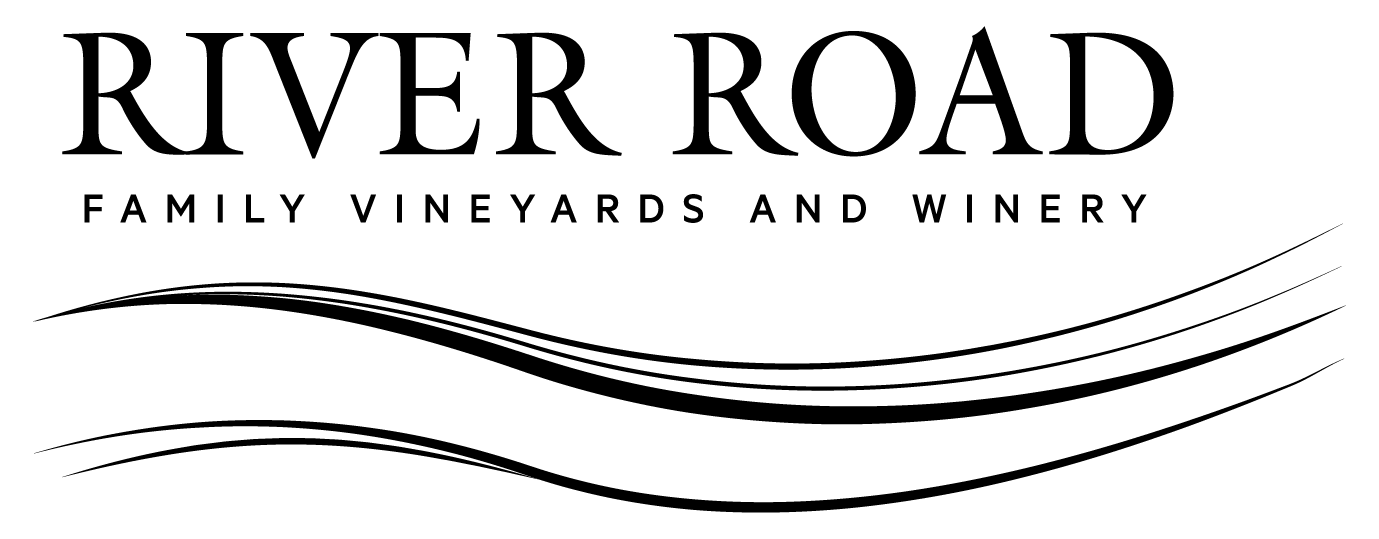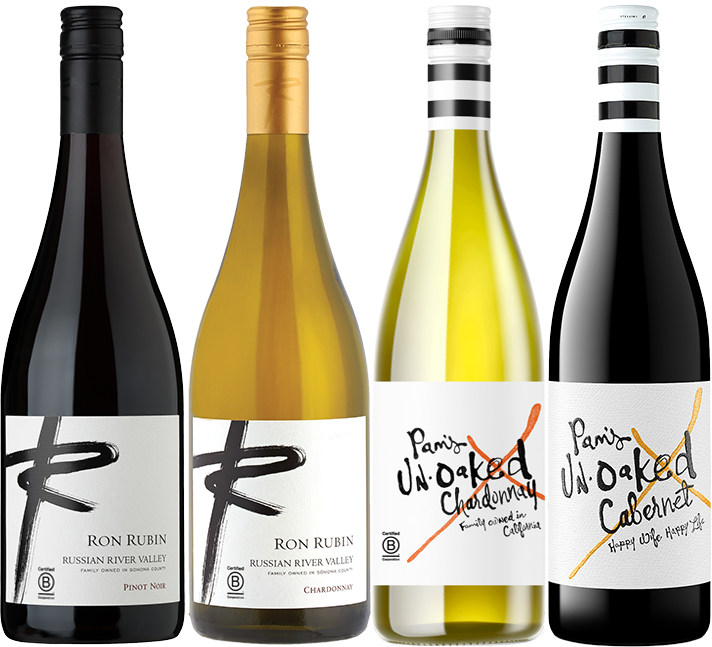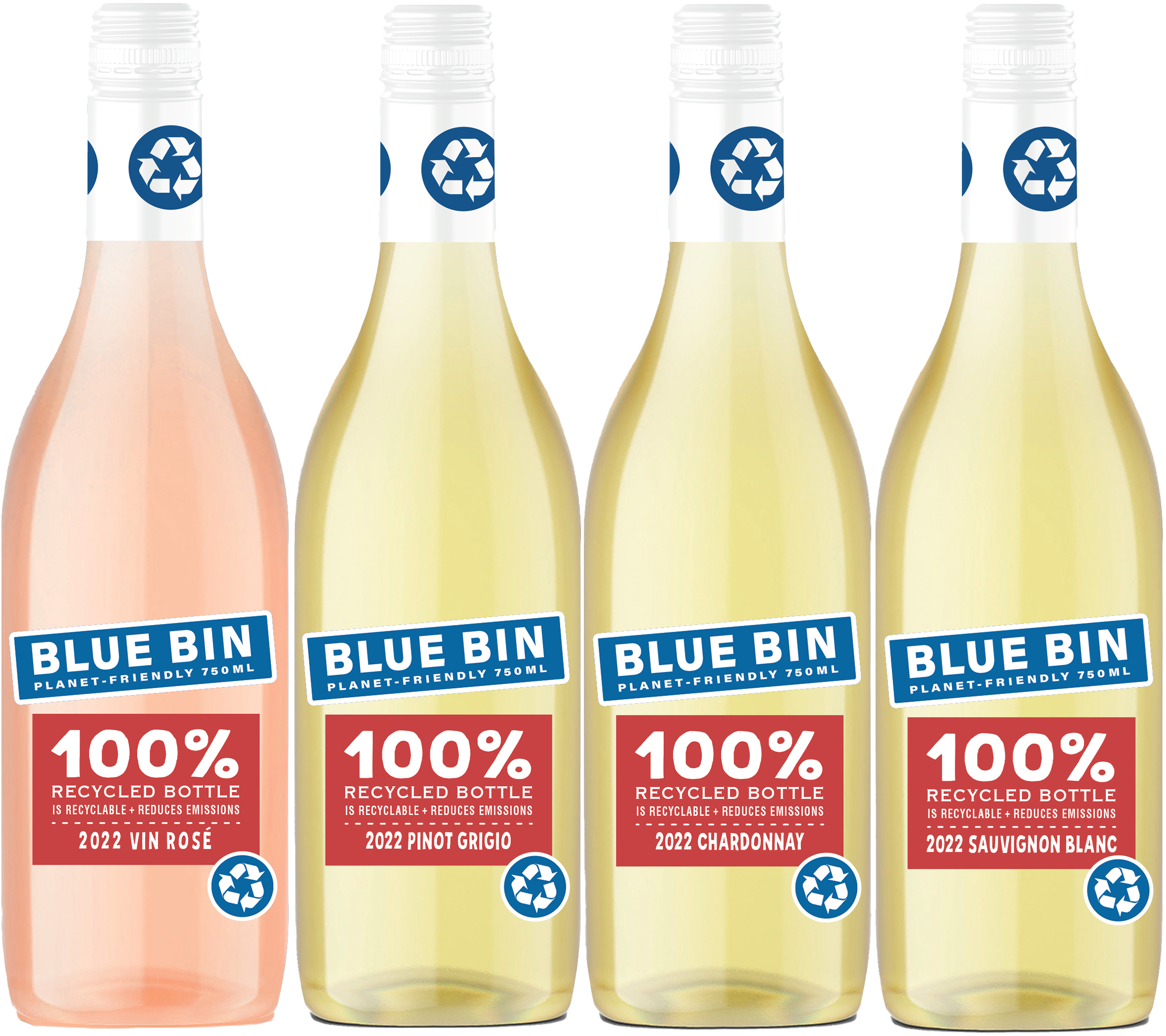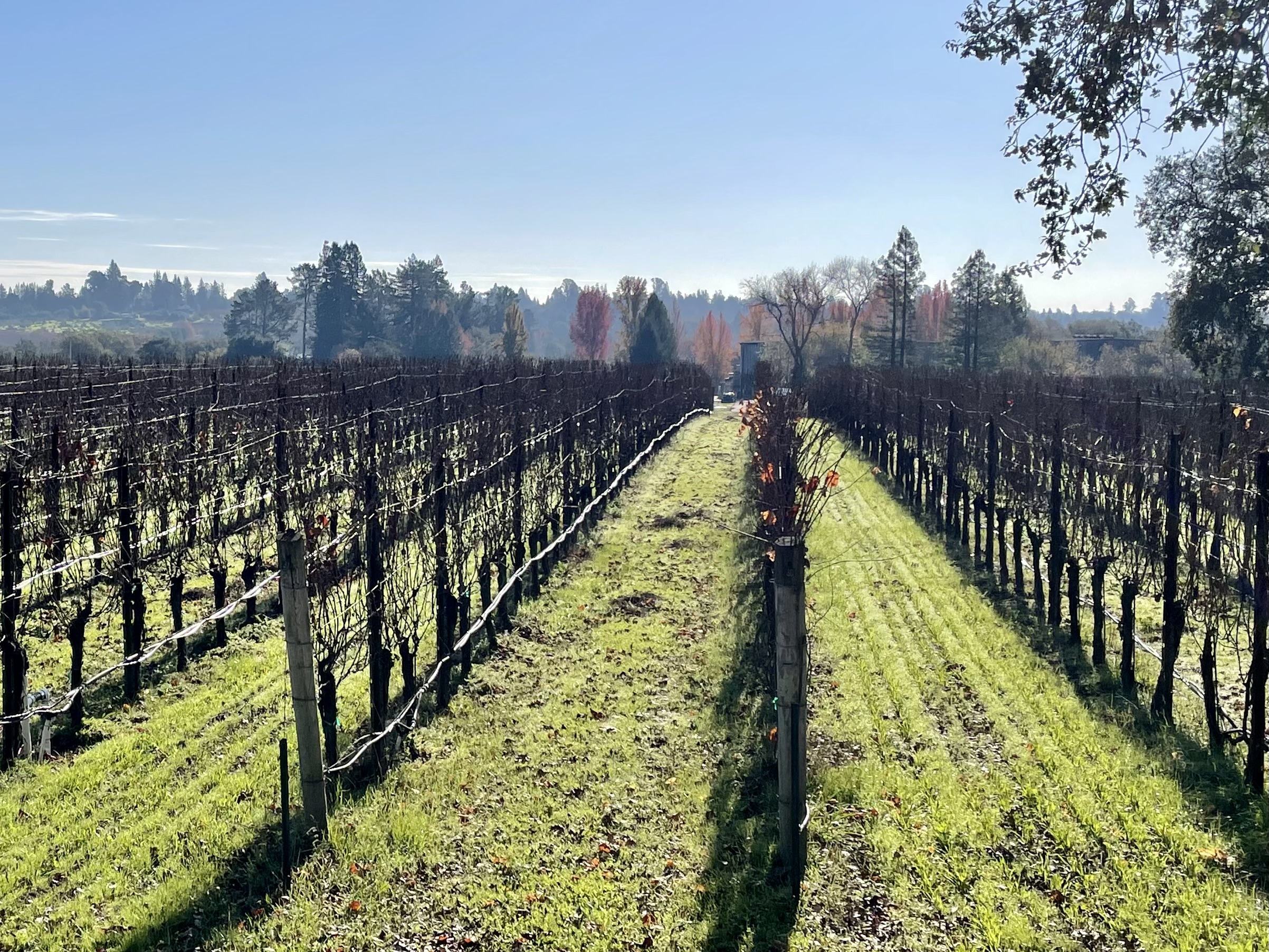Time for Gratitude
I hope everyone had a wonderful Thanksgiving! I am thankful for all the time spent with family and friends. This time of year is one of my favorites in Sonoma County. The landscape of grape vines dropping leaves against the forested background for me, is truly a stunning sight. As I taste through diverse characters in the young wines resting in barrels and tanks, I think back to all the vineyard visits done leading up to harvest and how each unique vineyard site is represented in the wines. I am grateful to be able to live and work in Sonoma County, which is renowned for its suitability for agriculture; several factors contribute to its reputation as a prime grape growing region:
 Fall Vineyard
Fall Vineyard
- Diverse Microclimates: Sonoma County encompasses a range of microclimates due to its varied topography and proximity to the Pacific Ocean. This diversity allows for the cultivation of a wide variety of grape types. Coastal areas benefit from cooling influences, while inland regions experience warmer temperatures. This variability enables winemakers to select optimal sites for specific grape varieties.
- Appropriate Soils: The county features a mix of soils, including volcanic, alluvial, and well-drained loamy soils. Different grape varieties thrive in specific soil types, and Sonoma’s soil diversity allows for the cultivation of various grapes, contributing to the region’s rich viticultural tapestry.
- Coastal Influence: The Pacific Ocean exerts a moderating influence on the climate, preventing temperature extremes. This maritime influence helps in maintaining a relatively cool climate in many parts of Sonoma County, which is especially beneficial for grape growing, particularly for varieties that benefit from a longer growing season.
- Sustainable Practices: Most grape growers in Sonoma County prioritize sustainable farming practices. This commitment to environmental stewardship contributes to the health of the vineyards, producing high-quality grapes.

Applying organic compost to a vineyard is a sustainable practice to add nutrients to the soil.
- Sustainable Practices: Most grape growers in Sonoma County prioritize sustainable farming practices. This commitment to environmental stewardship contributes to the health of the vineyards, producing high-quality grapes.
Vineyard Update
As we enter December, we’ve had some very cold nights where temperatures have dropped down into the mid to upper twenties. Leading up to arrival of cold weather we’ve been busy in the vineyard setting the vines up to have a successful 2024 growing season by making sure the vines have plenty of nutrients stored in them prior to the winter dormancy period. Our vines utilize significant nutrients creating their crop, so we supplement what was consumed three different ways. First, soluble fertilizer is applied through our drip irrigation lines. This will travel quickly into the root zone for immediate uptake and usage by the grapevines. Second, cover crops planted between vine rows are a steady source of nitrogen. This is due to the nitrogen fixing activity occurring at the roots of legumes growing in the cover crop.
 The cover crop is off to a great start!
The cover crop is off to a great start!
The third and final step is to apply “pre-winter” organic compost which adds slow-release nutrients to the vines and cover crop throughout the vineyard over the course of the rainy season. We do these steps every year to ensure the vineyard has all the necessary nutrients available when the vines come out of dormancy next spring.
On behalf of the entire team here at River Road Family Vineyards and Winery, we wish you a very Happy and Healthy New Year.
Be Well,





